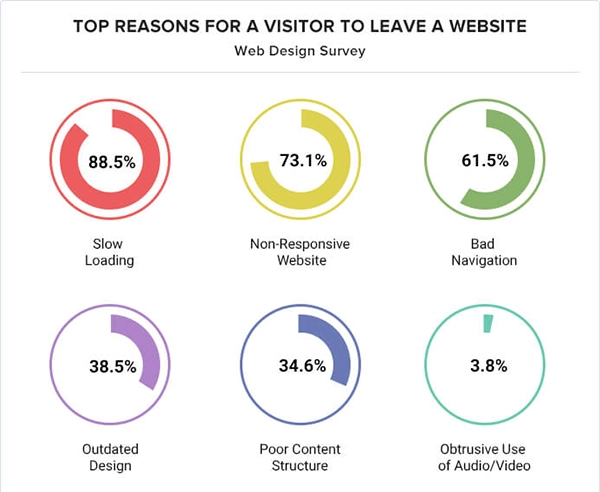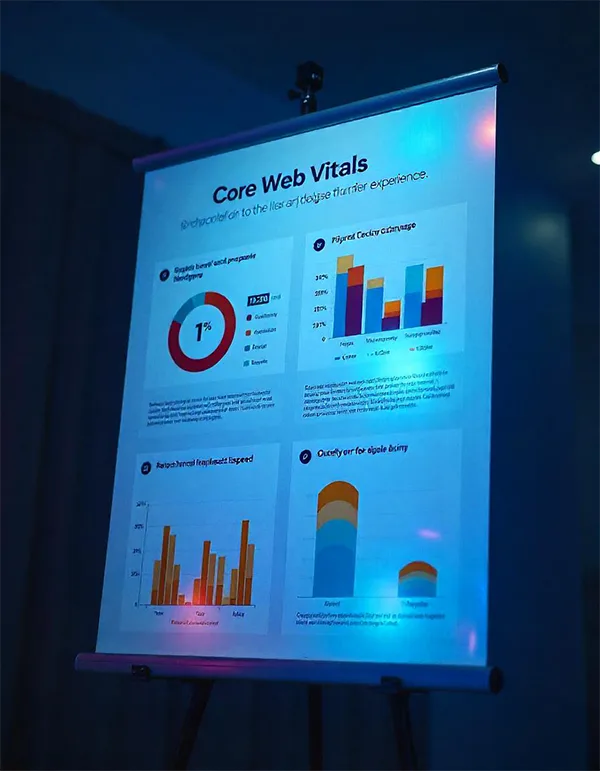The Role of User Experience in SEO: Why Google Cares About Site Performance
“Design creates culture. Culture shapes values. Values determine the future.”
— Robert L. Peters
When people talk about ranking higher on Google, they usually think of SEO tactics like keywords, backlinks, and meta descriptions. While those are important, there’s another big player in the game—User Experience (UX).
In this post, we’ll explore what UX really means and how it affects your SEO. You’ll also learn why Google now prioritizes fast, user-friendly websites when deciding who ranks at the top.
What Is UX and Why Does It Matter in SEO?
User Experience (UX) refers to how easy and enjoyable it is for someone to use your website.
Think about it—when someone visits your site, what do they see first? Does it load quickly? Is it easy to navigate? Can they find what they’re looking for without getting confused or frustrated?
A smooth, helpful, and fast website makes visitors want to stay longer—and come back again. This signals to Google that your website is worth recommending, which boosts your ranking.
In short, better UX = better SEO.
How Site Performance Impacts SEO
When Google ranks your website, it looks at how users interact with it. If your site is slow, hard to use, or doesn’t work well on phones, users will leave quickly—and Google will take note.
Here’s what can hurt your rankings:
- Slow loading pages (more than 3 seconds is risky)
- Poor mobile experience
- Hard-to-use navigation
- Confusing design or layout

On the flip side, a fast, mobile-friendly, and clean site keeps visitors engaged. And Google rewards that with better rankings.
Core Web Vitals: Google’s UX Ranking Factors

To help measure a website’s user experience, Google introduced something called Core Web Vitals—a set of specific metrics every website should aim to improve.
Here’s a quick breakdown:
Largest Contentful Paint (LCP)
This measures how fast your site loads the biggest visible element—like a banner image or headline.
- Good: under 2.5 seconds
- Needs improvement: 2.5–4 seconds
- Poor: Over 4 seconds
First Input Delay (FID)
This checks how quickly your site reacts when someone clicks a button or link.
- Good: less than 100 milliseconds
- Needs improvement: 100–300 ms
- Poor: Over 300 ms

Interaction to Next Paint (INP)
Similar to FID, but tracks all interactions on a page—not just the first one.
- Good: under 200 ms
- Acceptable: up to 500 ms
- Poor: Over 500 ms
Cumulative Layout Shift (CLS)
This looks at how stable your page layout is while loading. Pages where things move around or shift unexpectedly score poorly.
- Good: less than 0.1
- Poor: over 0.25
Fun Fact:
Adding a video to your page can increase the time people spend on your site by up to 88%.
Tips to Improve UX and SEO Together
Want to improve your rankings and make your site easier to use? Start here:
Speed Up Your Website
- Compress large images and videos
- Use lightweight themes
- Avoid unnecessary animations or scripts
Make It Mobile-Friendly
Your site should look and work just as well on a phone as it does on a laptop. Use responsive design and test it on different devices.
Improve Hosting and Server Response Time
A slow server can ruin user experience. Use a reliable hosting service and reduce the number of HTTP requests on your site.
Avoid Too Many Redirects
Too many page redirects can slow things down. Minimize redirects and keep your URL structure clean.
Optimize Core Web Vitals
Regularly test your website using Google PageSpeed Insights or tools like GTmetrix and fix any issues flagged in LCP, FID, INP, or CLS.
Final Thoughts
SEO and UX go hand-in-hand. Even if your content and keywords are perfect, a bad user experience can still hurt your rankings. On the other hand, a fast, smooth, and enjoyable site experience will not only please your visitors—but also impress Google.
Start optimizing your UX today and watch both your traffic and customer satisfaction grow.
Ans: Yes—Google uses mobile-first indexing. That means it looks at your mobile site first when ranking pages.
Ans: Focus on clear navigation, fast loading times, and clean, readable design. Avoid popups and clutter.




